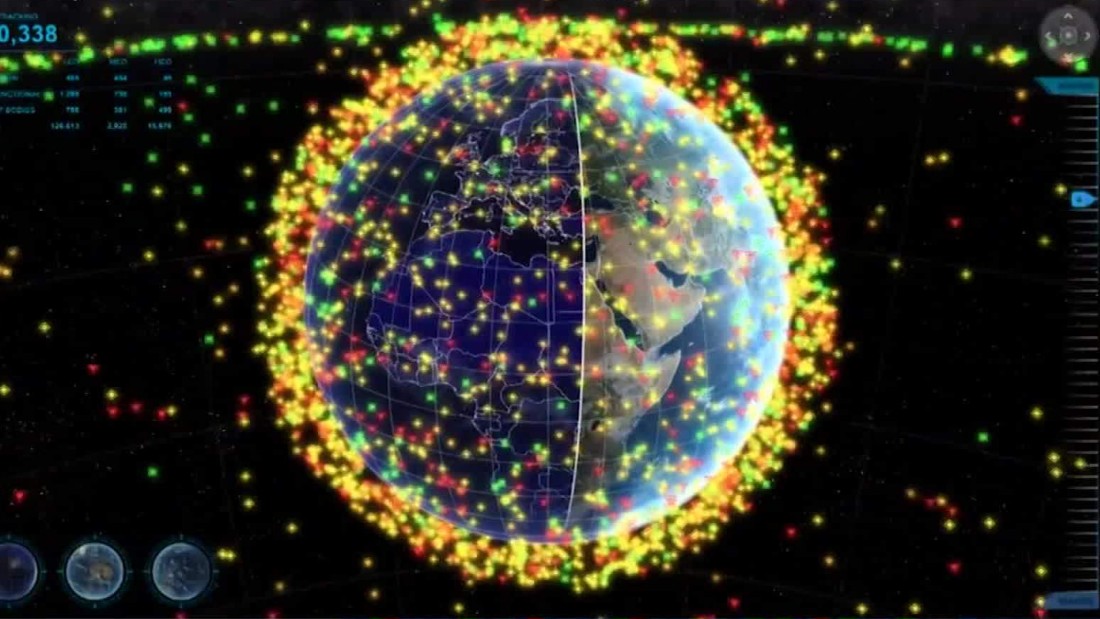More than 3 million years ago, members of an unknown hominin species sat on a river bank at the site of Lomekwi, in what is now Kenya, and made a set of stone tools for their daily tasks. Only a trained eye can distinguish the detritus they left behind from naturally broken rocks. In the intervening millennia, human trash has grown in complexity and quantity, introducing novel materials like plastics and metal alloys. What humans discard is fodder for archaeologists, but it’s also an environmental problem that is becoming interplanetary. More than 3 million years ago, members of an unknown hominin species sat on a river bank at the site of Lomekwi, in what is now Kenya, and made a set of stone tools for their daily tasks. Only a trained eye can distinguish the detritus they left behind from naturally broken rocks. In the intervening millennia, human trash has grown in complexity and quantity, introducing novel materials like plastics and metal alloys. What humans discard is fodder for archaeologists, but it’s also an environmental problem that is becoming interplanetary.
More than 3 million years ago, members of an unknown hominin species sat on a river bank at the site of Lomekwi, in what is now Kenya, and made a set of stone tools for their daily tasks. Only a trained eye can distinguish the detritus they left behind from naturally broken rocks. In the intervening millennia, human trash has grown in complexity and quantity, introducing novel materials like plastics and metal alloys. What humans discard is fodder for archaeologists, but it’s also an environmental problem that is becoming interplanetary.

